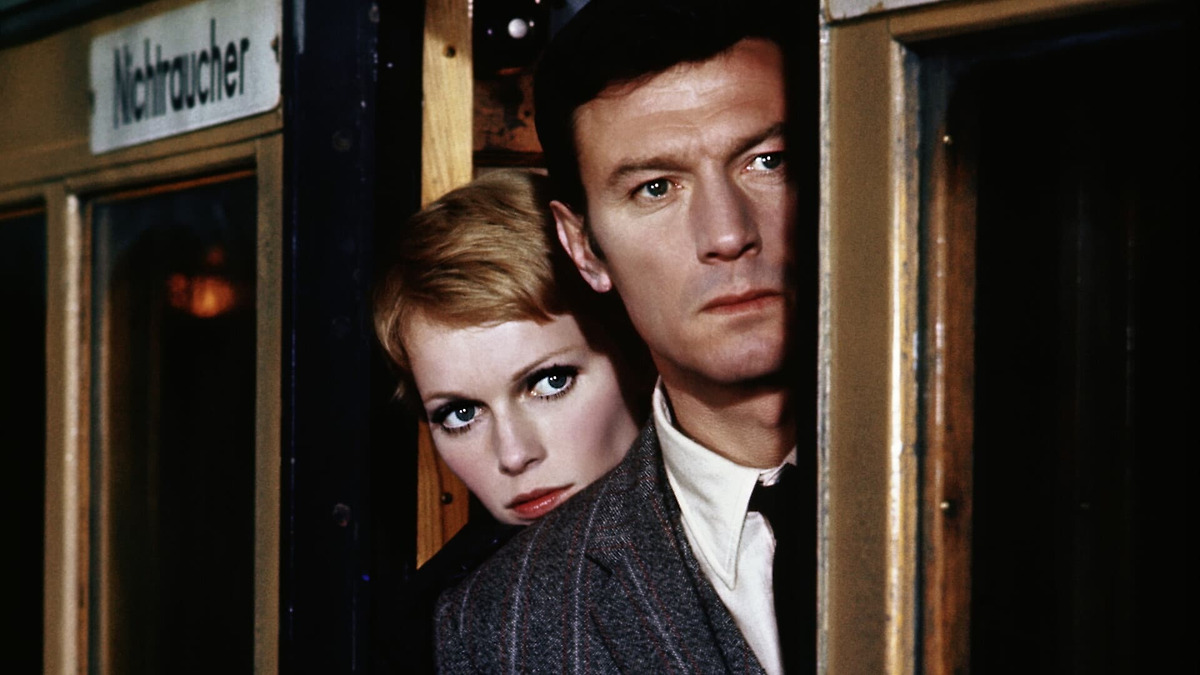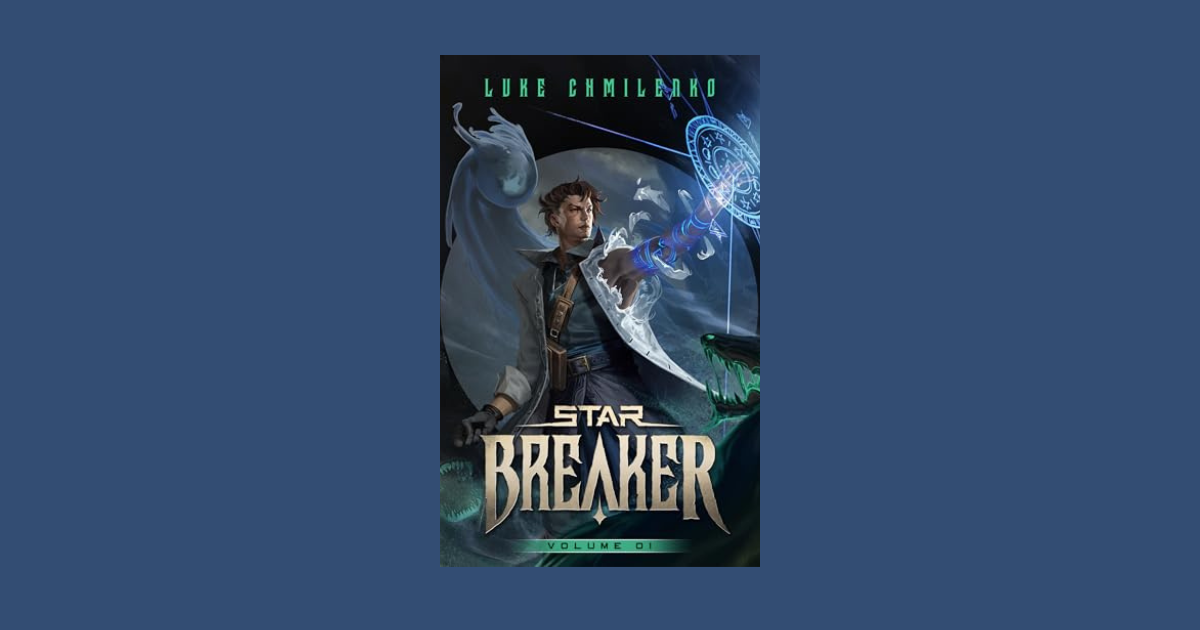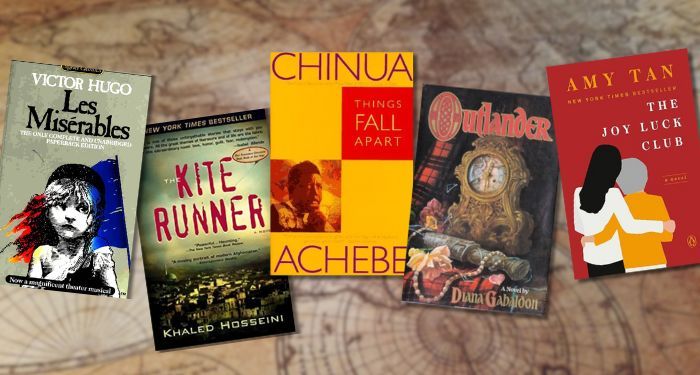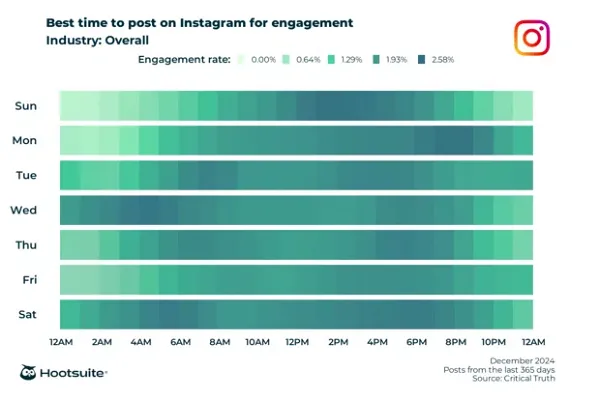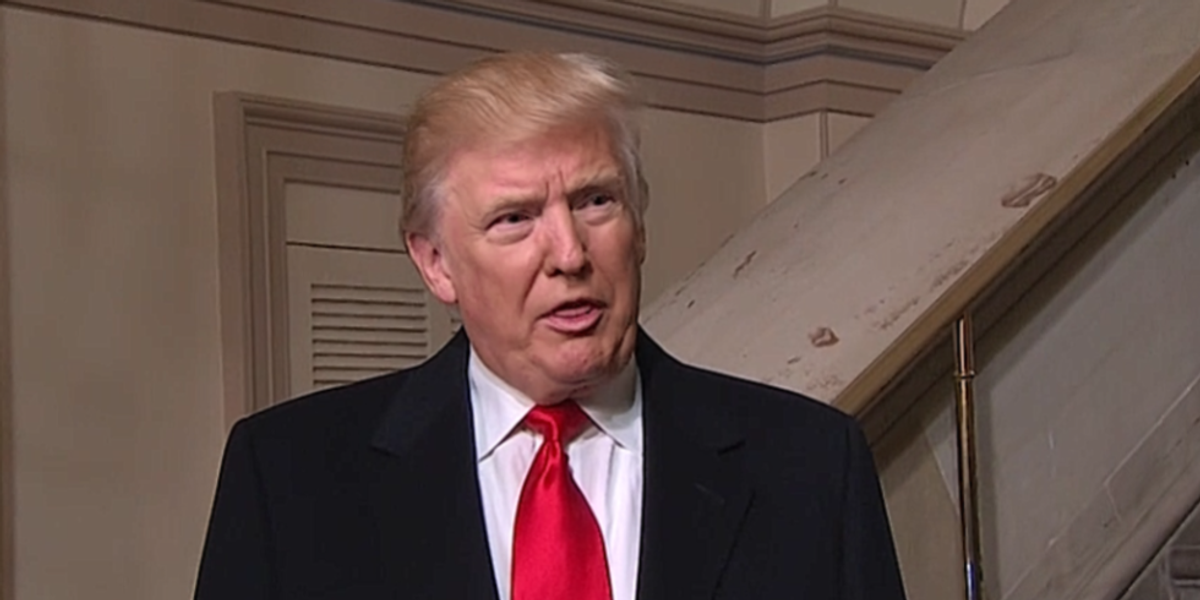
It’s a battle of wits. Back-and-forth dialogue between the pigs and the wolf makes clear that the wolf is a demanding editor. Most tales that the pigs tell are too short. Some veer off topic. Other stories lack specificity. The wolf wants a story with a “beginning and a middle and an end.” The pigs try. At the end of each story, the wolf almost always eats the pigs. The pigs are creative. They describe a soccer game. They write a story with 26 pigs (one for each letter of the alphabet) and one with 29 pigs (one for each day of the month—it’s February and a leap year). They even write math-based stories, but the wolf is still not satisfied. However, in a logical but still surprising ending, there is a clear victor. Readers who carefully watch the wolf’s face and posture will get hints. The illustrations, an inspired blend of illustration and photography, depict the pigs as beads grouped along an abacus. The pigs’ faces are expressive, with interesting details like a doctor’s coat and fun hats. The sometimes numbered or lettered pig beads shift from side to side and multiply as each spread’s story requires. The result is a clever take on metafiction that will appeal to both budding mathematicians and writers. (This book was reviewed digitally.)









































